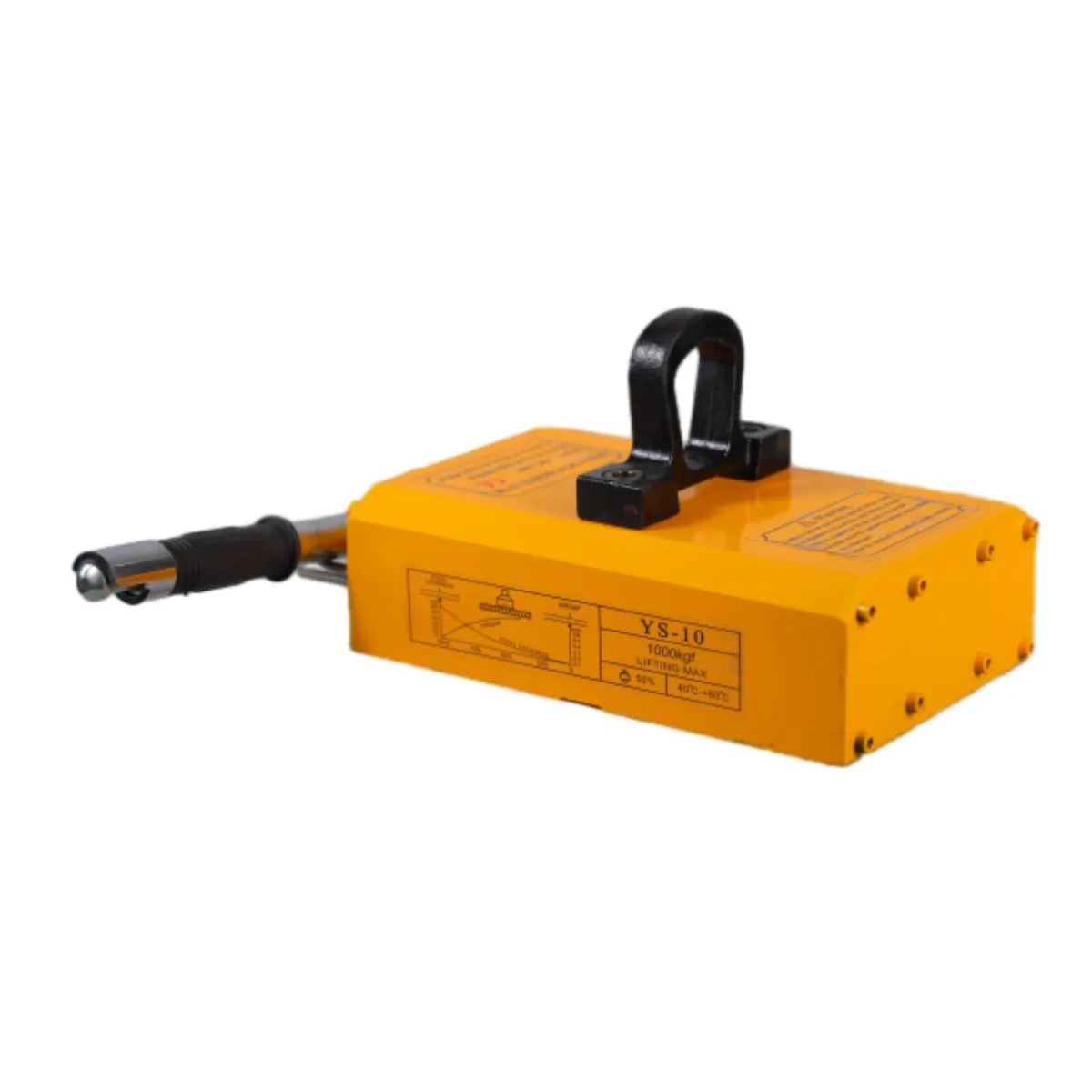Skates Designed for Large Machinery and Heavy Equipment Movement
Skates for Heavy Equipment A Comprehensive Guide
In the realm of heavy machinery transportation, skates for heavy equipment play a pivotal role. These tools are essential for moving oversized or heavy items that cannot be easily transported by traditional means. Whether you’re in construction, manufacturing, or any sector that demands heavy lifting, understanding the functionality, benefits, and types of skates is vital for ensuring safety and efficiency.
What Are Heavy Equipment Skates?
Heavy equipment skates are robust platforms equipped with multiple roller wheels, designed specifically to facilitate the movement of hefty machinery. They distribute the weight of the equipment evenly across the surface, preventing damage to both the load and the ground beneath. Skates can support a wide range of machinery, including industrial machines, generators, and large automotive components.
Importance of Using Skates
The transportation of heavy equipment poses numerous challenges, primarily concerning safety and control. When lifting and moving heavy items, the risk of accidents increases significantly due to unbalanced loads and inadequate equipment. Skates mitigate these risks by providing a stable platform that ensures even weight distribution. This stability not only enhances safety but also increases the efficiency of the moving process.
Key Features of Heavy Equipment Skates
When selecting skates, it's important to consider several key features
1. Load Capacity Skates are designed to handle specific weight limits. Understanding the load capacity required for each application is crucial to ensure safety and functionality.
2. Material and Construction Durable materials like steel or heavy-duty plastic are often used in skates to withstand the rigors of heavy use. The construction should be robust, with high-quality wheels that can handle uneven surfaces.
3. Wheel Design The type of wheels (static, swivel, or combination) can greatly influence maneuverability. Swivel wheels allow for easier navigation around corners, while static wheels can provide more stability when moving in a straight line.
4. Adjustability Some skates come with adjustable features to accommodate different sizes and shapes of equipment. This is particularly useful in industries where the machinery used can vary significantly.
skates for heavy equipment

Benefits of Utilizing Skates
The use of skates for heavy equipment offers several important benefits
- Increased Mobility Skates allow for easier repositioning of heavy machinery without the need for cranes or forklifts, which may not always be available or practical.
- Cost-Effectiveness Using skates reduces the need for heavy lifting equipment, minimizing rental and operational costs.
- Time Efficiency Moving machinery with skates is usually quicker than traditional methods, helping projects stay on schedule.
- Reduced Risk of Damage By ensuring that heavy equipment is moved smoothly and carefully, skates help prevent damage to the machinery, which can be costly to repair.
Best Practices for Using Heavy Equipment Skates
To maximize the benefits of skates, consider the following best practices
- Regular Maintenance Inspect skates for wear and tear regularly. Replace any damaged wheels or components to ensure safe operation.
- Follow Manufacturer Guidelines Always adhere to the load capacity and operational instructions provided by the manufacturer. Overloading skates can lead to accidents.
- Train Personnel Ensure that all operators are trained on how to properly use skates. This includes understanding load balancing and maneuvering techniques.
Conclusion
Skates for heavy equipment are indispensable tools that greatly enhance the safety and efficiency of moving heavy machinery. By understanding their features, benefits, and best practices, businesses can optimize their operations and minimize the risks associated with moving heavy loads. Whether in a factory, on a construction site, or in a shipping yard, skates are an investment in safety, efficiency, and productivity.
-
Versatile Lifting Solutions with Gantry and Overhead CranesNewsAug.29,2025
-
The Versatile Mobile Gantry Crane SolutionNewsAug.29,2025
-
Reliable Movement with Heavy Machinery Skates and RollersNewsAug.29,2025
-
Reliable Lifting Performance with 2000 lb Gantry Crane and 2 Ton Overhead SystemsNewsAug.29,2025
-
Maximize Lifting Efficiency with PML Magnetic LiftersNewsAug.29,2025
-
Efficient Relocation Starts with Reliable Machinery MoversNewsAug.29,2025
-
Efficient and Safe Lifting with Permanent Magnetic LiftersNewsAug.29,2025
